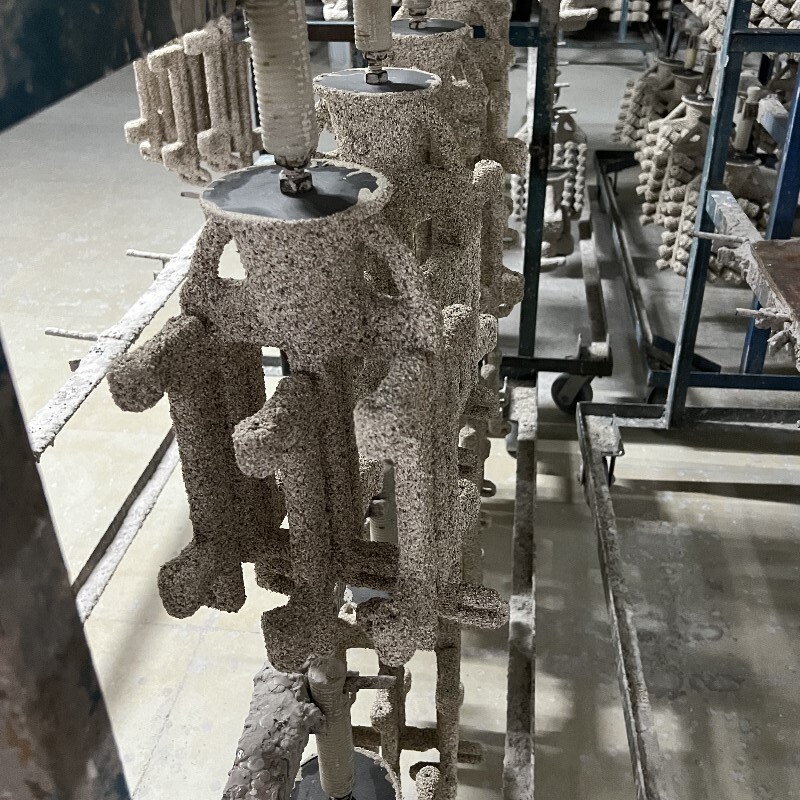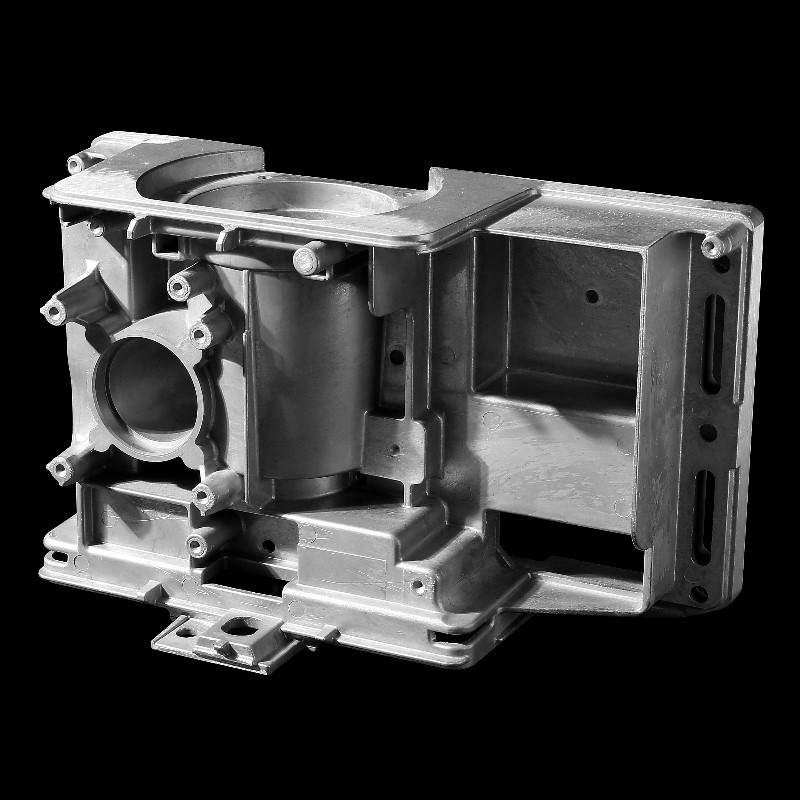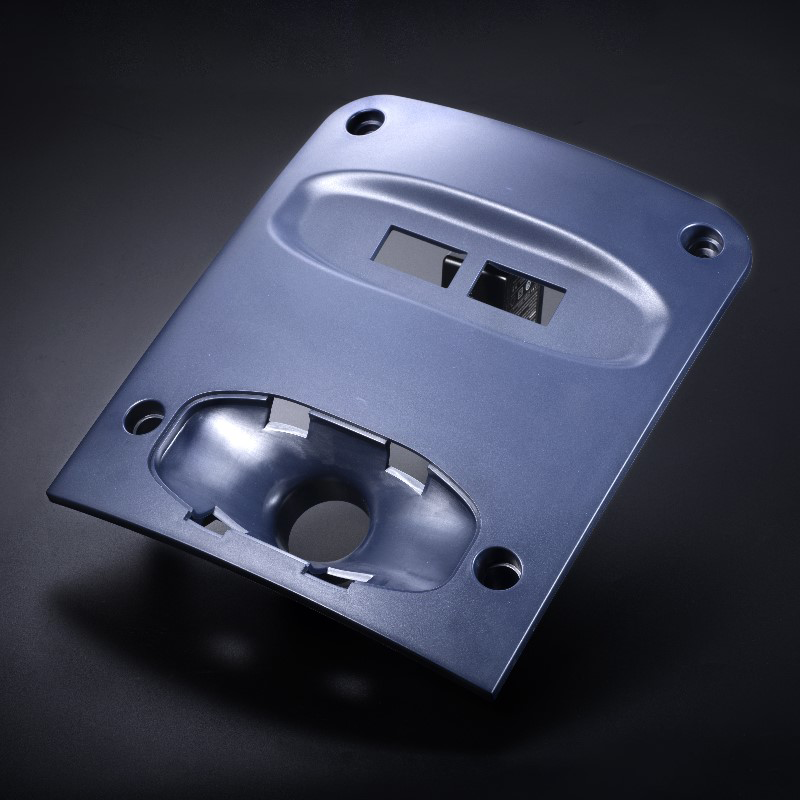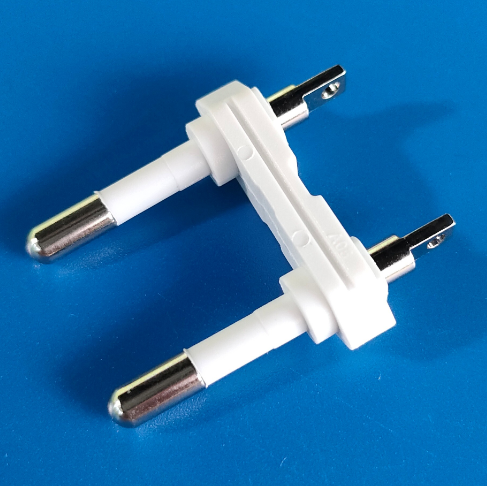Vacuum Casting Solutions
Experience unmatched quality and versatility with our urethane casting services. Specializing in custom formulations, we deliver durable, high-performance parts tailored to your unique specifications. From prototypes to production runs, trust our expertise to provide innovative solutions that exceed your expectations in various industries!
- Instant Quotes & DFM Feedback
- Production Grade Quality
- Parts as fast as 3 days
- All uploads are secure and confidential.
- Delivery Nationwide as Fast as 24 Hours
- Low-Volume Manufacturing
- Superior Quality Assurance
About the Urethane Casting Process
Urethane casting/Vacuum Casting or Polyurethane casting( also known as RTV molding, cast urethane, and silicone molding) is a fabrication method that uses silicone molds to produce production-quality plastic parts. At NPI, we have a massive range of plastic materials available, and we can cast parts as large and small, everything from headphones all the way up to 2m long car bumpers. This technique is ideal for creating prototypes to test your unique design.
Regarding tolerances, silicone molds can achieve approximately ±0.1 mm. After inspection and assembly, our vacuum casting services will produce additional silicone molds for more prototypes. Finished parts typically have a tolerance of ±0.15 mm. For vacuum casting parts exceeding 1000 mm in size, the tolerance can reach ±0.2 mm.

Urethane Casting Materials
Urethane cast parts are often compared to injection molding materials. For example, a tough urethane cast part may be described as an ABS-like, PC-like, or Nylon-like part. A soft and flexible material is described as “TPU-like or Rubber-like” . So our materials will be described like this.
Material
Picture
Description
Material Reference
Appearance
Soft-rubber-like
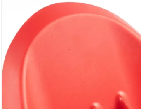
T0387,8400
PA-like
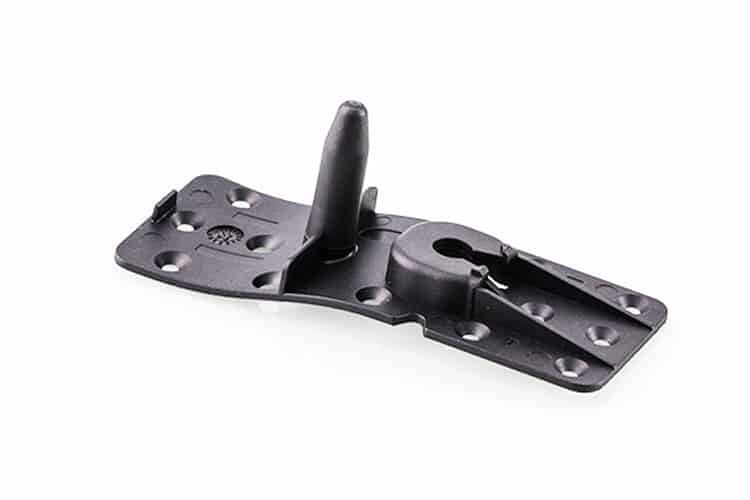
PX223
Black, Tawny
ABS-like
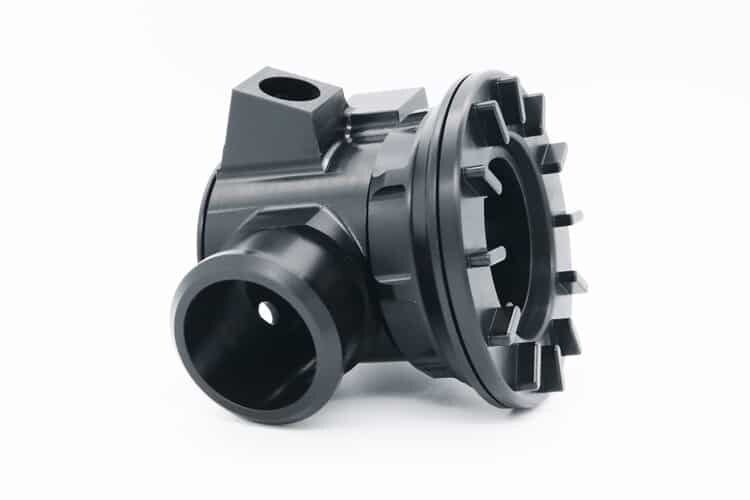
PMMA-like
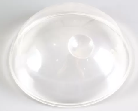
PX 5210
Transparent
PP-like
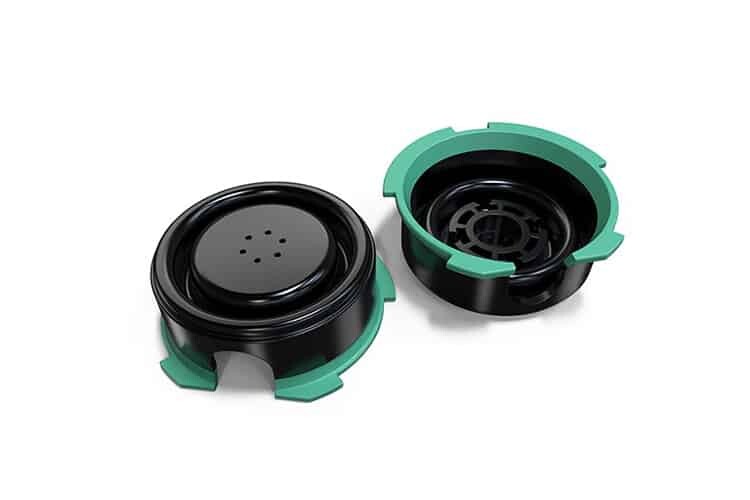
UP 5690
White, Black
PC-like
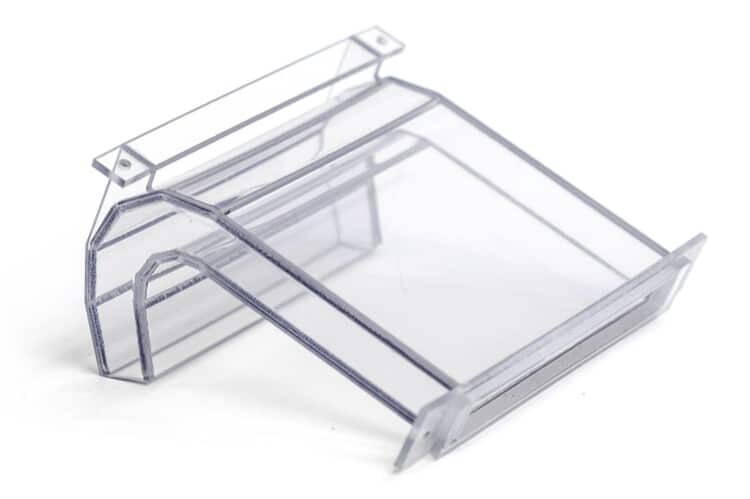
PX520
White, Clear
*Note: Table values are indicative. Actual specs can differ based on printer model, material, and settings. Delivery times depend on order volume and processing needs. Contact us for tailored recommendations on printing processes and parameters.
Technical Specifications for Urethane Casting
- Description
- Dimensions
Lead Time
Up to 50 parts in 10 days or less, depending on the part complexity and quantity.
Accuracy
±0.15mm/100mm, with the highest precision up to ±0.05 mm.
Maximum Part Dimensions
The vacuum chamber’s dimensions (1900 x 900 x 750 mm) and the product’s maximum volume (10 liters) determine the mold’s size limitation.
Wall Thickness
A minimum wall thickness of 0.75 mm is necessary for filling the mold properly. A wall thickness of 1.5mm~2.5mm is recommended.
Service Life of the Silicone Mold
Typical quantities are up to 20-25 copies per mold (depending on the casting materials and the mold’s complexity).
Surface Finish & Textures
Textured, colored, painted, coated, clear polished, insert, and over-molding can be obtained. Custom finishes are available for request.
Prototype and Parts Made Easy - Worldwide Delivery & Any Order Size
With many years of manufacturing experience, NPI offers the best solutions for all rapid prototyping and low to large volume manufacturing needs. We streamline the innovation cycle into four simple but effective steps.
01
Upload Your Design
02
Receive Design Analysis
03
Start Manufacruting
04
Receive Your Parts
8 Steps to Create Custom Vacuum Casting Parts
Discover how we craft custom vacuum casting parts with our streamlined 8-step process:
- Master Pattern Creation: Createmaster pattern using 3D printing or CNC machining to precisely replicate your design.
- Silicone Mold Construction: Next, create a durable silicone mold by enclosing the master pattern in liquid silicone rubber.
- Casting Material Preparation: prepare the material by mixing a two-part polyurethane resin or other casting material according to the manufacturer’s instructions. The resin is then poured into a mixing container.
- Vacuum Degassing: The mixed resin is placed in a vacuum chamber to remove air bubbles, ensuring a smooth, high-quality finish in the final part.
- Material Pouring: The degassed resin is carefully poured into the silicone mold through a designated opening.
- Curing: The filled mold is then lefe to cure for several hours, allowing the material to set and achieve its full strength.
- Part Demolding: After curing, carefully remove the part from the silicone mold, which can be reused for multiple casts (approximately 20-25 times).
- Finishing Touches: The final step involves trimming or sanding the part to eliminate any excess material or imperfections.
This efficient process allows us to deliver high-quality, custom vacuum casting parts tailored to your needs.
Surface Finishes for Urethane Cast Parts
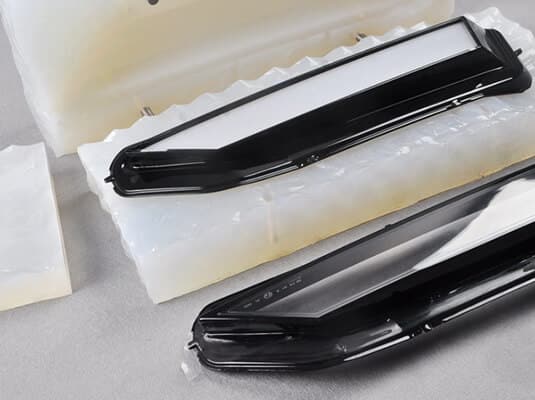
Precision Vacuum Casting for Diverse Industries
Vacuum Casting FAQs
- Draft angles for easy demolding
- Wall thickness (generally between 2-5 mm)
- Reduced undercuts
- Fillets and radii to improve mold strength and finish
Looking for Online Vacuum Casting Services?
- All uploads are secure and confidential.

